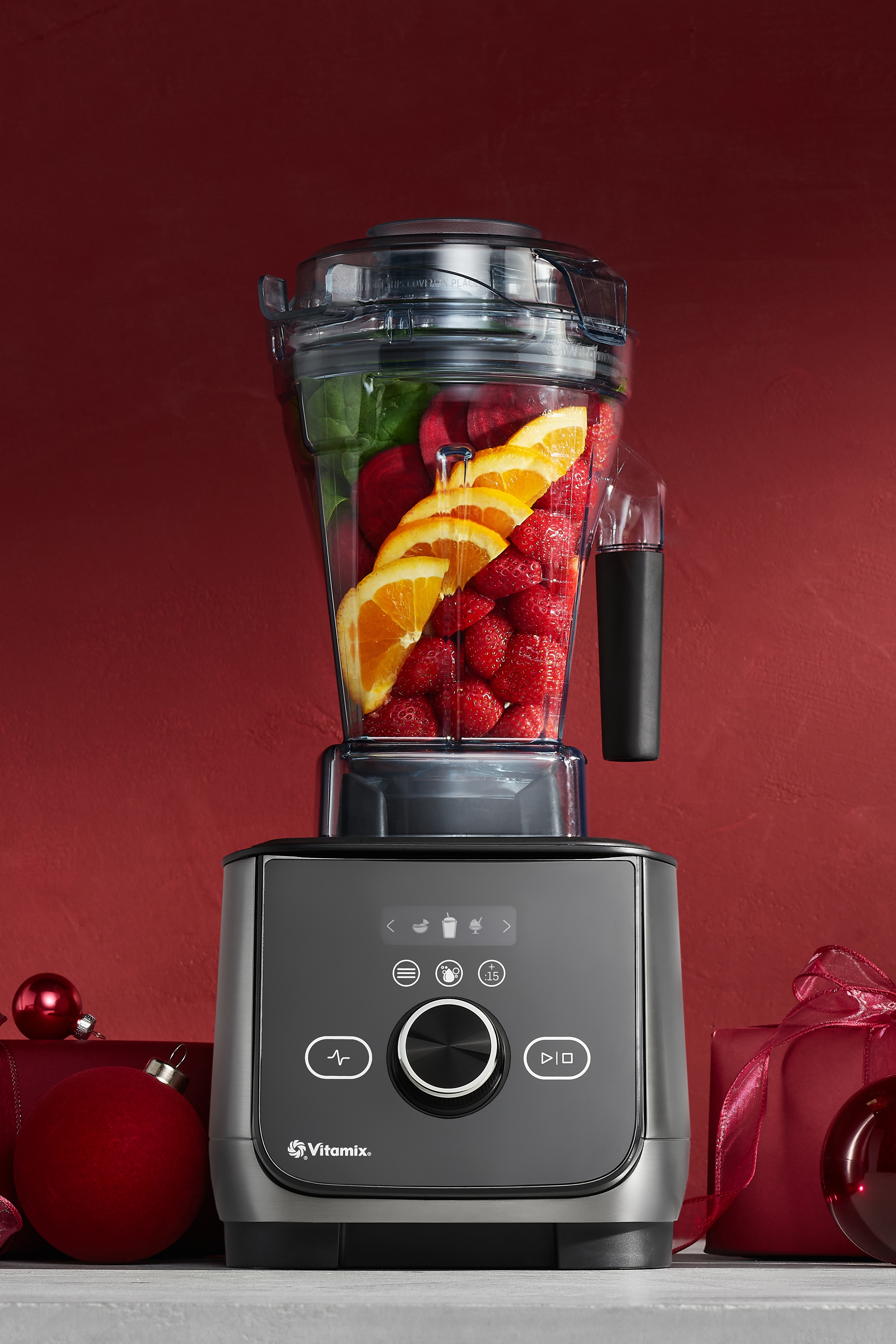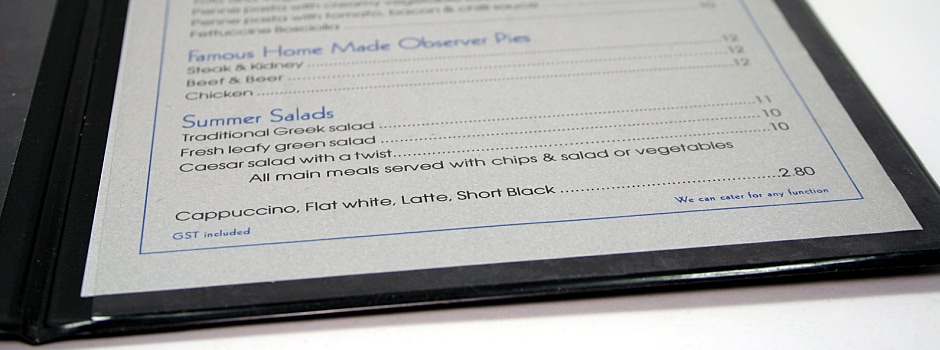Restaurant operators already face many obstacles, and come this spring, there is going to be one more chainsaw to juggle as restaurant nutrition labeling regulations become a reality. However, with a little preparation, foresight, and the right tools, complying isn't as hard as you may think. The regulations are listed within a 58-page document via the U.S. Food and Drug Administration, but here are the most important details you should know.
Menus and Calorie Counts
Starting in May 2017, menus will need to include the amount of calories within regular offerings. Additionally, restaurants will need to have expanded information available upon customers' requests. Beyond the calorie counts on menus, more information on cholesterol, fiber, sugar, protein, fat, and other nutrition data will need to be readily available.
20 Is the Magic Number
For starters, establishments that have 20 or more properties will be the first to be required to comply with the new restaurant nutrition guidelines. Those outlets have to be operating under the same name—meaning they have to be part of the same operation but based in different locations. For stand-alone restaurants, mom-and-pop venues, and smaller regional chains, the regulations aren't quite in effect for you—yet.
Why Now?
The new labeling requirement isn't all that new. The upcoming launch is tied to the 2010 Affordable Care Act, which specifically requires larger chain restaurants to get on board with the guidelines. Of course, independent establishments can voluntarily follow these regulations as a marketing tool or as a way to be prepared for what's likely to come in the future.
What's Next?
The U.S Department of Agriculture houses a nutrition database with information on calorie counts, fat percentages, and other relevant information for labeling menu items. For larger, high-stakes operations, using laboratory analysis may be the most accurate venue for counting calories, fat, sugar, sodium, and carbohydrates. This information should be readily accessible, printed on menus, and should include alcohol and soft drinks in the nutrition disclosure.
As May 2017 inches nearer, operations numbering 20 or more outlets will need to plan and execute a system to convert menus and train staff. What could be a daunting, last-minute challenge can be made easier with the right planning, mindset and approach. Knowing what needs to be included on restaurant menus is a good first step.
Related Articles

Opening a Restaurant: 7 Steps to Success
A quick introduction to opening a restaurant, with useful links and information for the aspiring restaurateur.

Menu Design 101: Is Your Restaurant's Menu the Right Size?
When it comes to menu design, here are some tips and considerations to think about when planning the size of your menu to maximize profits.

Allergy-Friendly Restaurants: How to Adapt to Special Dietary Needs
Not only are allergy-friendly restaurants safer places to eat, but they often build an intensely loyal base of guests. Here's what you need to know.



